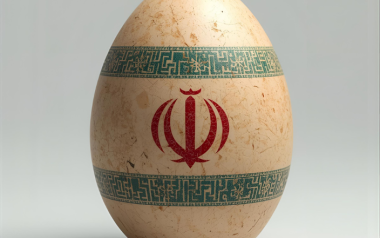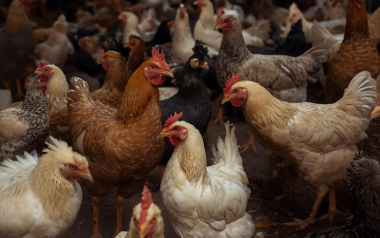Sources: Available upon request
13 Sep 2024
Japan chicken market: balancing demand and supply
Japan, known for its culinary traditions and high standards in food quality, has seen a significant shift in its chicken market dynamics. Despite a robust demand for chicken, the market balance is weakening due to an increased supply.
Japan, known for its culinary traditions and high standards in food quality, has seen a significant shift in its chicken market dynamics. Despite a robust demand for chicken, the market balance is weakening due to an increased supply.
Chicken has long been a staple in the Japanese diet, favored for its versatility and health benefits. Dishes like yakitori (grilled chicken skewers), karaage (fried chicken), and oyakodon (chicken and egg rice bowl) are immensely popular. The demand for chicken has been further bolstered by the global trend towards healthier eating, with many consumers opting for chicken over red meat due to its lower fat content.
Increased supply
However, the supply side of the equation has seen substantial changes. Advances in poultry farming technology and practices have led to increased production efficiency. Additionally, Japan has been importing more chicken from countries like Brazil and Thailand, where production costs are lower. This influx of imported chicken has significantly boosted the overall supply in the market.
Market imbalance
The increased supply, while beneficial in terms of meeting demand, has led to a market imbalance. Prices have started to fluctuate, with periods of oversupply causing prices to drop. This volatility can be challenging for local producers who struggle to compete with cheaper imports. The Japanese government has been monitoring the situation closely, considering measures to support domestic poultry farmers and stabilize the market.
Impact on local producers
Local chicken producers are feeling the pressure. The cost of production in Japan is relatively high due to stringent regulations and high standards for animal welfare and food safety. These producers find it difficult to compete with imported chicken, which is often cheaper. Some local farmers have been forced to scale back production or even exit the market altogether.
Consumer perspective
From a consumer standpoint, the increased supply has had mixed effects. On one hand, it has led to lower prices and more options in the market. On the other hand, there are concerns about the quality and safety of imported chicken. Japanese consumers are known for their preference for high-quality, locally-sourced food, and this preference can sometimes clash with the economic benefits of cheaper imports.
Future outlook
Looking ahead, the Japanese chicken market faces several challenges. Balancing the demand and supply will require careful management and possibly new policies to support local producers. The government may need to implement measures such as subsidies or import restrictions to protect domestic poultry farming. Additionally, there is a need for continued innovation in production practices to enhance efficiency and reduce costs.
In conclusion, while the demand for chicken in Japan remains strong, the market balance is being tested by an increased supply. Addressing this imbalance will be crucial for the sustainability of the market and the well-being of local producers. The future of Japan’s chicken market will depend on finding a harmonious balance between meeting consumer demand and supporting domestic production.








































